About five years ago, residents on Lee Hill Drive outside of Boulder became alarmed by the behavior they witnessed from users on Lee Hill. In response, one of the residents formed https://www.bikesbesafe.com/, engaged Boulder County, and partnered with C4C with the shared intention of improving the situation on the road.
C4C has been pleased to partner with the resident who’s been patient and professional throughout.
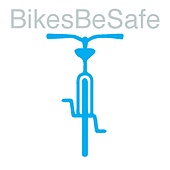 One may recognize the small signs a Lee Hill resident has put up on the road asking folks to be careful in blind curves.
One may recognize the small signs a Lee Hill resident has put up on the road asking folks to be careful in blind curves.
There are three related parts to safety on roads; engineering, attitudes, and policy. Engineering yields the best outcomes but it is costly. Attitudes are hard to change but organizations like https://www.itcouldbeme.org/ do a great job of humanizing vulnerable users in a society that values convenience. Policy is the remaining variable and, as is often the case, change is hard.
 A simple message: It could be me is reminding folks that vulnerable road users are human.
A simple message: It could be me is reminding folks that vulnerable road users are human.
With the relatively recent work on Lefthand visible to Lee Hill residents, it’s natural to propose bike-able shoulders as a solution to the conflict. Lee Hill’s rights-of-way and geologies make engineering solutions enormously expensive in an already competitive funding environment. Proposed engineering improvements on Lee Hill do exist in the Boulder County Transportation Master Plan. When they would be funded is another question.
For these reasons, C4C has focused on an interim and affordable exploration of signage improvements on Lee Hill. The goal is safer outcomes for users. The task is to improve standards on mountain roads typical of Colorado. Organizations like Bicycle Colorado have taken an interest in observing the Lee Hill situation in order to see if a tenable and improved standard for such mountain roads can be innovated.
Signage is governed by the Manual on Uniform Traffic Control Devices. The MUTCD is currently being revised. Bicycling groups have been critical of the MUTCD, asking for the manual’s revisions to contain language favorable to better bicycling outcomes.
CDOT, an organization broken into regions in Colorado, has adopted the use of the “3′ to pass” sign in region 4, Boulder’s region.
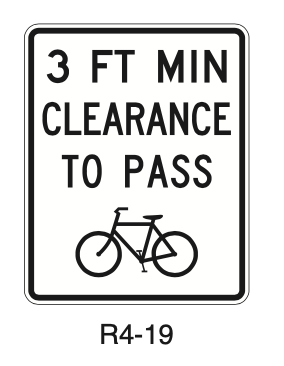 It’s common to see this sign with “State Law” in a band across the top or similar. Minor variation in wording is sometimes permitted by the MUTCD.
It’s common to see this sign with “State Law” in a band across the top or similar. Minor variation in wording is sometimes permitted by the MUTCD.
With all of this in mind, C4C’s working recommendation to Boulder County, the agency overseeing Lee Hill Dr., is to explore the emerging standard of a sequence of signage for roads like Lee Hill.
First, the signage should alert or warn the user of what to expect. In this case, C4C would not remove existing yellow and black diamond advisory signs.
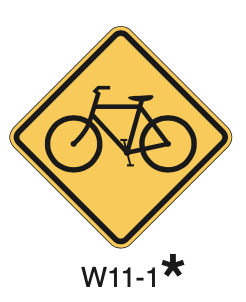 Some agencies are retiring this sign. C4C recommends leaving it in use but with updated wording on a plaque added below, “expect bikes in road.”
Some agencies are retiring this sign. C4C recommends leaving it in use but with updated wording on a plaque added below, “expect bikes in road.”
A standard being discussed involves keeping these diamond signs. Removing the “share the road” wording. “Share the road” is widely accepted to be ineffective wording. Instead, the recommendation is to add a plaque below that says “expect bikes in road.” Thus, in sequence, the user has first been advised.
Next, the signage should tell the user what to do. The second sign in the sequence should be the “3′ to pass” sign.
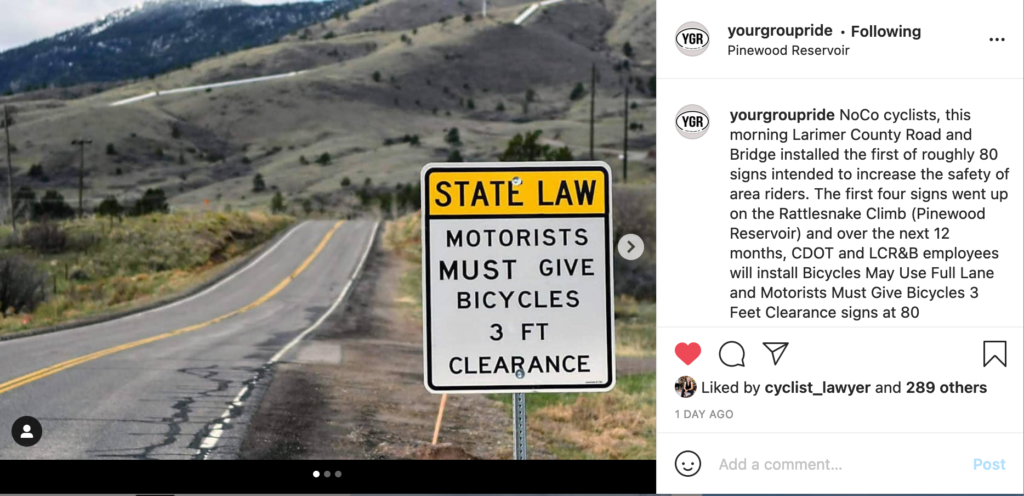 Governments, with nudges from advocates, have installed dozens of these signs meeting a new standard of black and white signs that clearly declare the law versus vague yellow and black advisory signs on their own.
Governments, with nudges from advocates, have installed dozens of these signs meeting a new standard of black and white signs that clearly declare the law versus vague yellow and black advisory signs on their own.
Third and last, a “bikes may take full lane” or “do not pass bikes in curves” sign should be employed. The Lee Hill residents will report, users are passing–even crossing the double yellow–in blind curves. State law states that users must yield to the vehicle ahead and bicyclists are vehicles. State law allows motorists to cross the double yellow to overtake a bicyclist but only when safe to do so, not in blind curves.
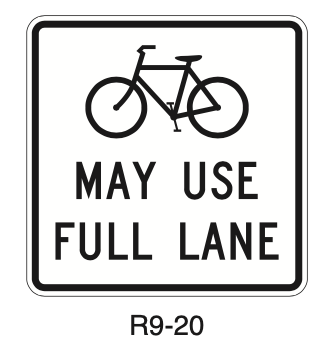 On a road like Lee Hill, this sign tells the motorist that bicyclists may elect to use the full lane and, thus, the motorist must yield to bicyclists ahead just as they would yield to another auto ahead of them or a vehicle in the opposing lane of traffic.
On a road like Lee Hill, this sign tells the motorist that bicyclists may elect to use the full lane and, thus, the motorist must yield to bicyclists ahead just as they would yield to another auto ahead of them or a vehicle in the opposing lane of traffic.
The three or four signs in sequence and placed before a road user reaches the first blind curve on a road like Lee Hill constitute C4C’s working recommendation for interim and affordable safety improvements on Lee Hill.
Secondarily, C4C has inquired about enforcement on Lee Hill, particularly around the speed limit. This is tricky since even law enforcement will say, pulling people over is not so simple.
Another approach would be something like advisory bike lanes through the blind curves on a road like Lee Hill.
When the City of Boulder adopted a default residential speed limit of 20 MPH, one of the compelling pieces of evidence was that average car trips were delayed by mere seconds by the lowered speed. Simultaneously, crashes and killed and seriously injured fall significantly according to studies. Similarly, C4C is saying that just a few seconds of driving time on mountain roads can save lives and keep Boulder County a great place to live.


